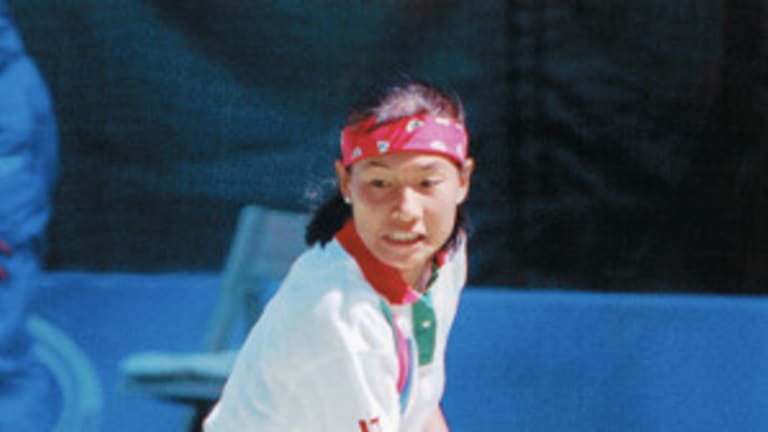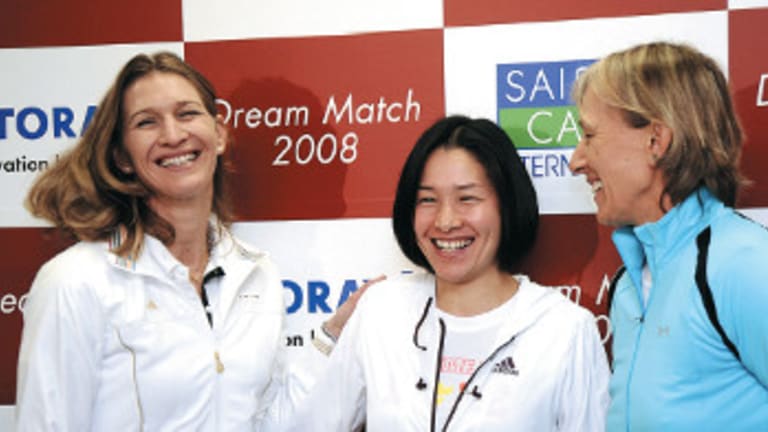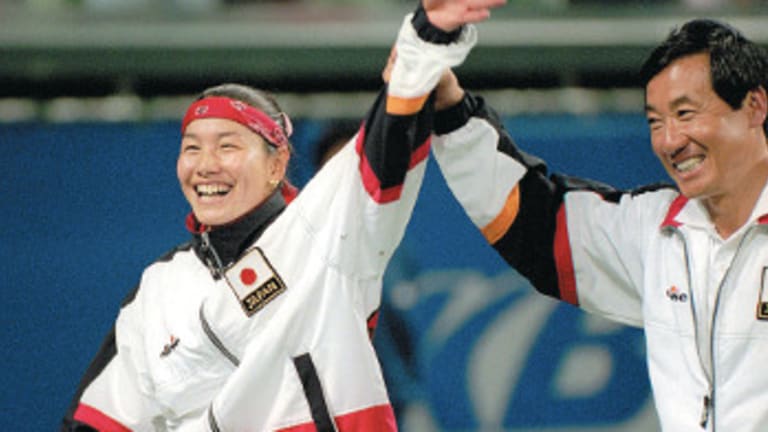Throughout November and December, we'll be highlighting the true heroes of tennis with our annual celebration of the gifted, the courageous, the inspired and the inspiring. You can read about heroes we've honored previously here.
When I first came back to pro tennis, I never imagined I’d still be playing eight years later. But at 45, I keep going because I love the sport, and I still have the opportunity to play at the WTA level.
I don’t give up because I know I am still capable of great moments, like my victory over Sabine Lisicki in Stanford this summer. In that match, I was down 1–6, 1–4, but was able to fight back against a powerful and accomplished player. Next time I am facing defeat, I will remember that comeback.
I continue to play because, well, I never have been very good at sitting still.
I grew up in a very active family—vacations were always spent outside at the mountains or the beach, and we were always playing sports together. When I was in elementary school, my parents joined a tennis club for the first time. After school, while my older brother and sister were off playing with their friends, I’d sit at the tennis club with nothing to do, just watching them play.


